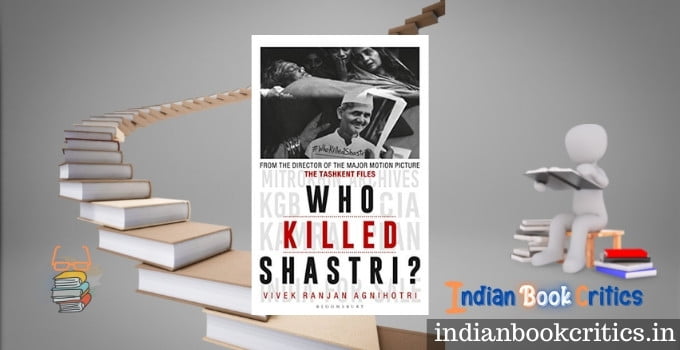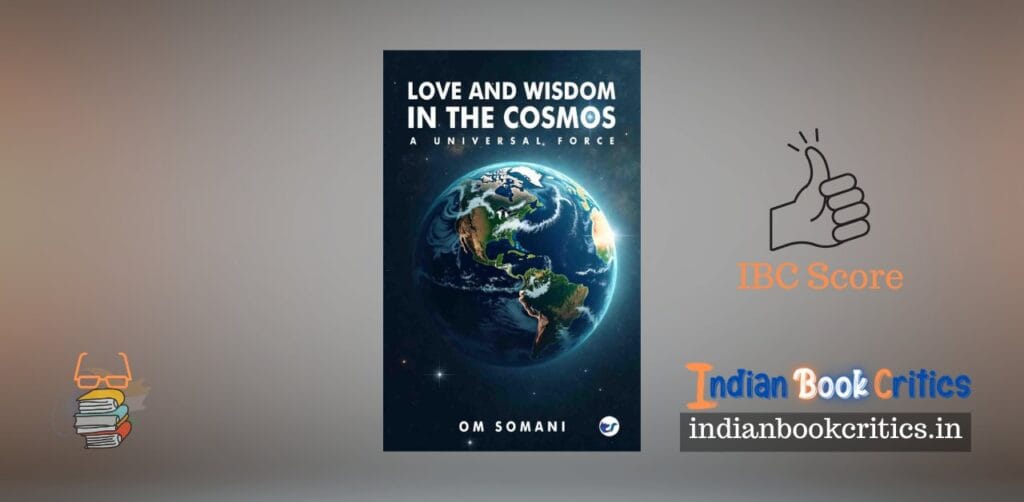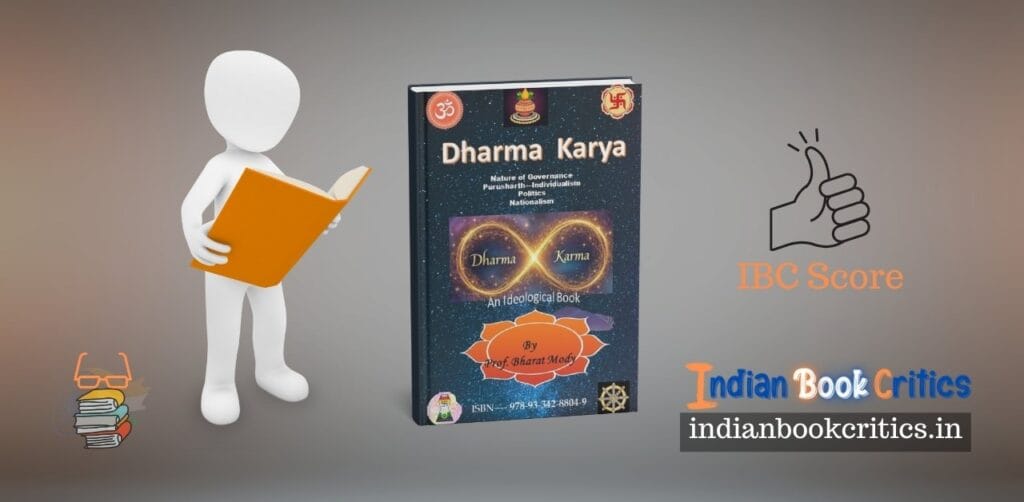Vivek Agnihotri’s movie, The Kashmir Files, has opened the floodgates. Many opinions are coming at a quick pace. Many are in favour of this movie and moviemaker. However, some people are not happy with the success of The Kashmir Files. They have expressed their concerns. For them, as it seems visible, telling about unforgiving crimes is worse than the crime itself. Well, the movie is not my topic today. I am writing this article about Vivek Agnihotri’s book, Who Killed Shastri: The Tashkent Files. Yes, there is a movie with the same title by the same filmmaker.
The book in brief:
Readers should remember the first book by Vivek – Urban Naxals. This book was not only a non-fiction title that created a lot of furore. It was also behind the scene of the movie Buddha in a Traffic Jam. Likewise, the present book, Who Killed Shastri, tells the story of the notorious political incident and also behind the scene of the movie The Tashkent Files.
There are three acts in this book. These acts contain chapters, 35 in total. Random episodes form these chapters. Details about the movie as a project, pages from the history of India, excerpts from different sources, and opinions by the author are there in the book. The book has varied reaction points. At times, readers will find many moments of awe-inspiring revelations. Further, readers can also meet disappointment after reading unnecessarily prolonged chapters having little substance and more conundrum.
Does the book reach a conclusion? No! Readers will have to invent their inference based on the merits of the arguments that the author has stitched by offering his research.
The Book: Critical Insights:
This title explores the forgotten history (as the author hints, time and again) of an unfortunate episode in Indian political history. The death of a brave, determined and bold Indian prime minister, Lal Bahadur Shastri, is an episode that demands acute attention. Many in the world believe that this was not a natural death but a clever assassination. The Tashkent Files arouse the curiosity in the readers, chapter by chapter. Nevertheless, a better arrangement of the chapters in this book could garner more excitement and enthusiasm in the readers. In its present form, the journey of a reader derails from the course after a solid run for a few pages. It happens again and again.
Intertextual references in the book bring Netaji Subhas Chandra Bose into the play. It may sound appealing to many readers. The handling of this serious crossreference is noteworthy.
I believe this book, rather than pointing precisely in a direction, perpetuates the agony of those interested in the truth behind Shastri’s unfortunate demise. Though the author hints in a particular direction more than once, he does not make any significantly noticeable assertion. In such books, assertions are important. Anuj Dhar does that in his books.
The Tashkent Files: who should read it?
It is not an ideal question to ask. Anyone interested in knowing the controversial episode of Indian politics can read this book. However, when it comes to the available choices on the books covering the same subject, it becomes a tricky question. Are there better books on this subject? Anuj Dhar has written with more clarity. Nevertheless, the attempt by Vivek Agnihotri to render his movie into a book is noteworthy. It can be a good option if you have time to invest in this episode. Language, narrative, distribution of elements in the chapters, insertion of other viable episodes from the same timeline, and the way Vivek has conjured all these things together – make a good package for new readers. The Tashkent Files will be a good read for the readers who are new to this episode of Indian politics.
You can get a copy of this title from Amazon India. Click the link below:
Buy the book from Amazon – click here.
Review by Ashish for Indian Book Critics
Who Killed Shastri? The Tashkent Files book by Vivek Agnihotri – Review
- IBC Rating
Summary
Who Killed Shastri? The Tashkent Files book by Vivek Agnihotri is a book that will introduce beginners to discovering the dirty secrets behind the unfortunate demise of India’s prime minister Lal Bahadur Shastri.





1 Comment. Leave new
A very well-written review!